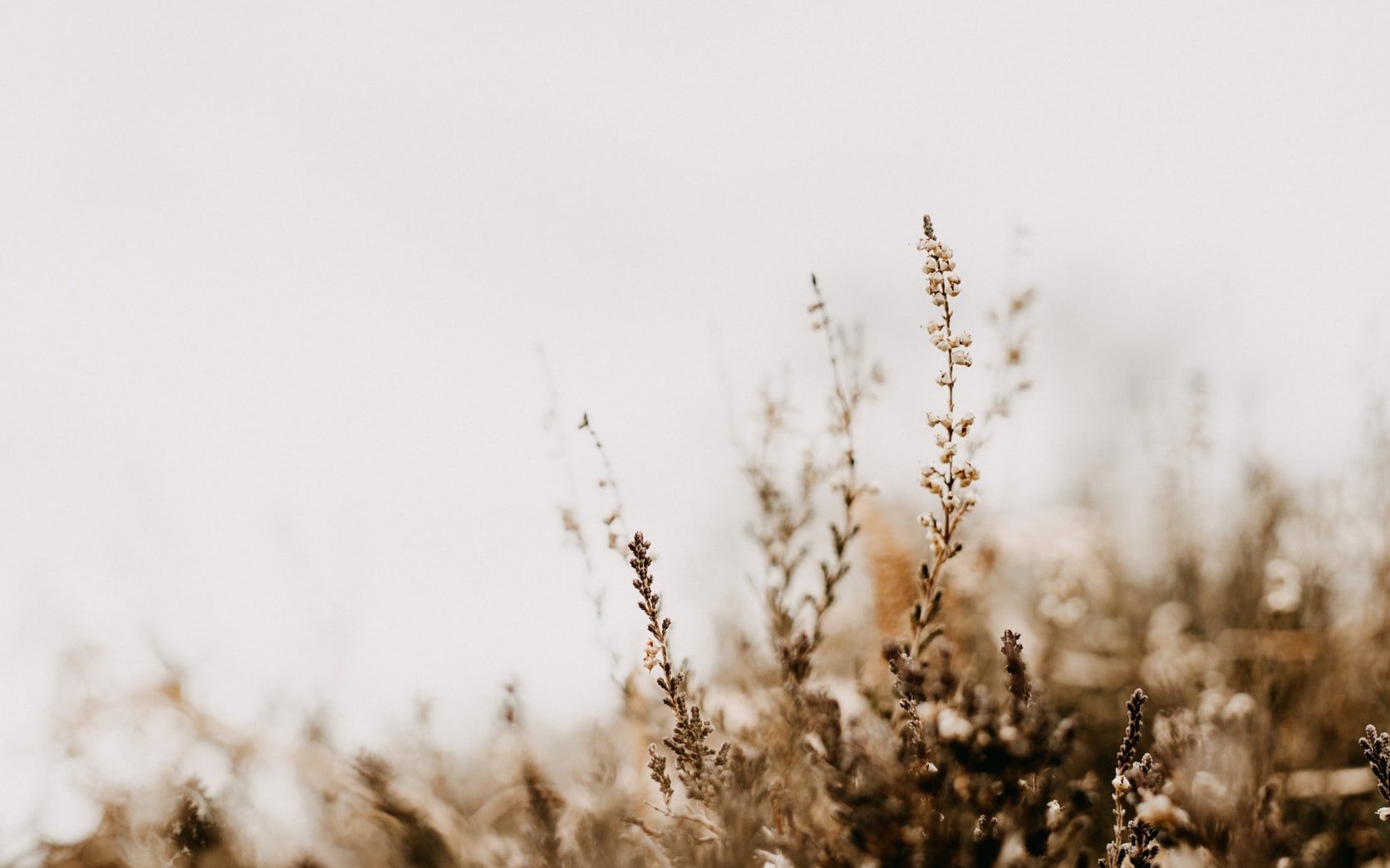Winter Gardens: How to make the most of the outdoors during the cold
Winter Gardens & Landscapes
Introduction
Frost sparkles in the mid-winter sunshine; coating the trees and flowers with a layer of white – signalling that the colder months have arrived.
Winter is not generally thought of as period for thriving flora, or to be spending abundant time in nature, but it can present a unique opportunity to see nature is its beautiful winter form.
In the following journal, we are exploring winter gardens and our thoughts around planting at this time of year, where you can visit glorious winter gardens in the UK and tips for your own garden.
Planting during winter
Many plants that bloom in the winter are scented, various are shade tolerant, while some are adaptable to the harsher seasonal climate and can be grown in containers so can be moved in and out of the light according to the time of year.
Snowdrops (Galanthus nivalis): Always a beautiful sight to signal the winter season are the snowdrops, known as one of the earliest spring flowers to blossom – flowering from January through March. Sprinkling the countryside with their gentle, white petals, these flowers range from single to doubled flowered types.
Dogwood (Cornus sangunei): The Dogwood is known as ‘Midwinter Fire’, with multicoloured stems which provide a vivid colour all the way from November to March. In order to encourage the production of fresh young stems every year (which provide the brightest colour), their stems require hard pruning – just ahead of the buds bursting.
Winter Aconite (Eranthis): Vibrant yellow winter flowers, the Winter Aconite start to open in the winter sunshine and tend to stand out against otherwise bare flowerbeds. Alike to snowdrops, they are best planted in the green and are best situated in lightly shaded spots.
Snowdrops (Galanthus nivalis)
Dogwood (Cornus sangunei)
Winter Aconite (Eranthis)
Hazel (Corylus avellana): From late winter Hazel trees bear golden-yellow catkins, before fresh green, twisted leaves emerge. Traditionally known for their hazelnuts, Corylus avellana 'Contorta' is in fact a small hazel with twisted stems that stand out in winter against a clear blue sky.
Winter Honeysuckle (Lonicera fragrantissima): This delightful, winter-flowering shrub produces fragrant, cream-white flowers in slight spells between December and March, on almost leafless branches. A natural magnet for bumblebees, their flowers are sometimes followed by muted-red berries and tend to flower more frequently when trained against a sunlit wall.
Flowering Heather (Calluna vulgaris): Heathers are another winter flower popular with bees; known for their rich pink-purple flowers that brighten up any winter garden and inject much needed colour. Planted in the ground, heathers will gradually spread, inhibiting weeds as they go and can even look striking when planted in pots on a patio.
Hazel (Corylus avellana)
Winter Honeysuckle (Lonicera fragrantissima)
Flowering Heather (Calluna vulgaris)
Sweet Box (Sarcococca confusa): These dense, winter-flowering, evergreen shrubs are the perfect addition to a woodland garden, or just planted in a shady border. Alike other seasonal flora, the flowers are pure white with a sweet scent and glossy, dark green leaves.
Herbs, such as Thyme, Rosemary & Parsley: Festive classics like thyme and rosemary are very hardy and can withstand snowy weather. Others, such as oregano or parsley, can be grown inside during chillier months as all they will usually need is a well-draining soil, container, and a sunny windowsill.
Sweet Box (Sarcococca confusa)
Rosemary (Rosmarinus officinalis)
Thyme (Thymus vulgaris)
Tips for your own winter garden
Clean up any plants that show signs of diseases or funguses, and remove any invasive weeds that may have overgrown and take hold during the growing season.
Adjust your soil in time for spring by adding nutrients in soil amendments like manure, organic fertilizers and compost so that they have time to start breaking down and becoming biologically active.
Replenishing mulch in the winter can help reduce water loss, protect the soil from weeds and erosion, while also helping the transition into winter and the colder weather which causes freezing. Adding a thick layer of mulch to the soil surface helps regulate temperatures and moisture.
Review the existing plants in your garden and assess whether these are performing to how you expected, and if not then replace these with a better variety for your location. If your plants are performing well, consider extending the varieties that ripen earlier or later in the season.
Create an interesting and homogeneous design scheme by incorporating plants (such as those listed above) that work best for your garden to integrate colour, scents and interest.
Where to visit during winter in the UK
Below is an inclusive list of some of the wonderful winter gardens to visit across the UK during the colder months of the year; known for their seasonal charm and splendour.
Near and across London
RHS Gardens Wisley – Surrey
Kew Royal Botanical Gardens – London
Mottisfont Abbey Gardens – Hampshire
Marks Hall Gardens & Arboretum – Essex
Away from London:
RHS Garden Harlow Carr – Yorkshire
Royal Botanic Garden – Edinburgh
Batsford Arboretum – Cotswolds
Cambridge University Botanic Garden – Cambridge











